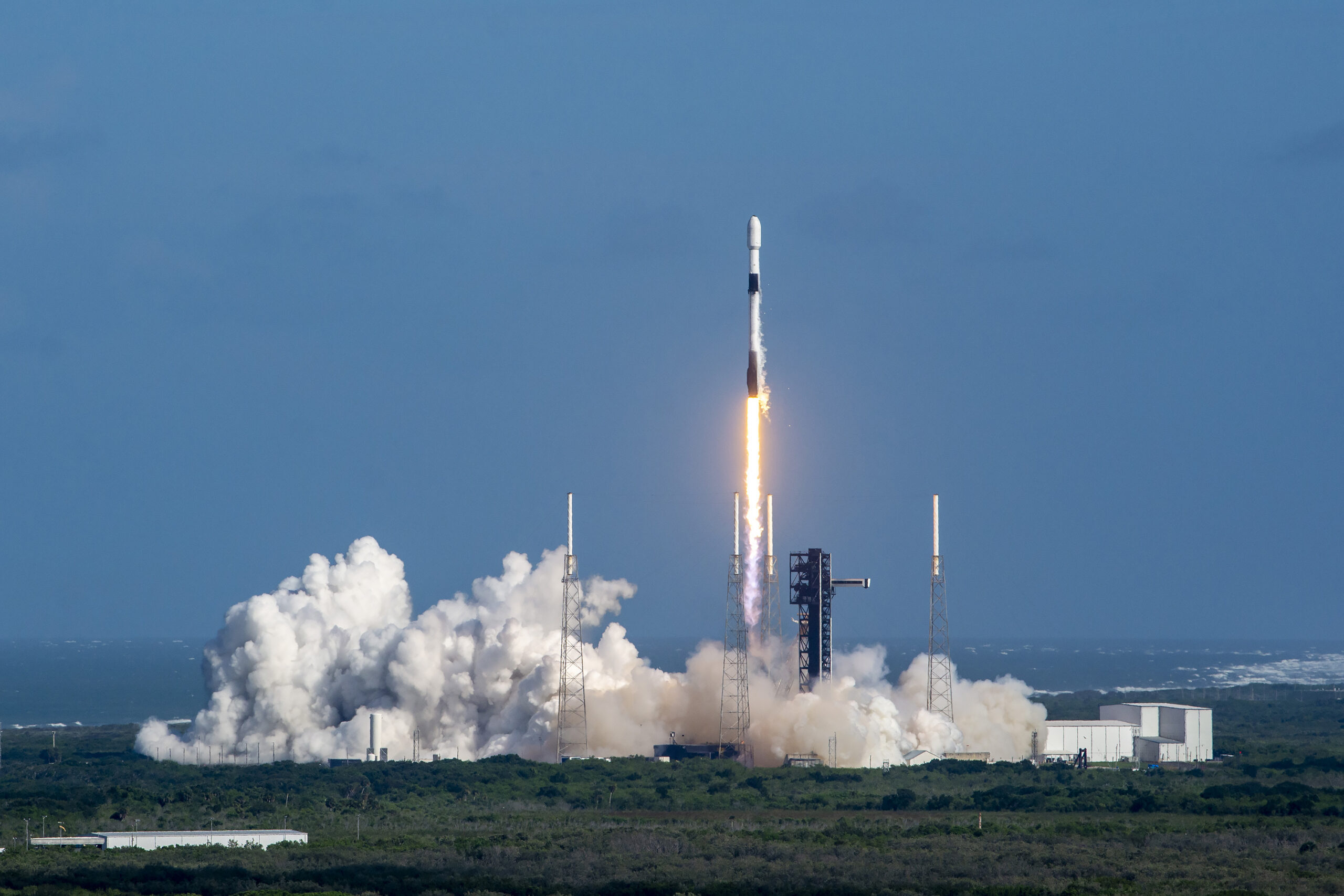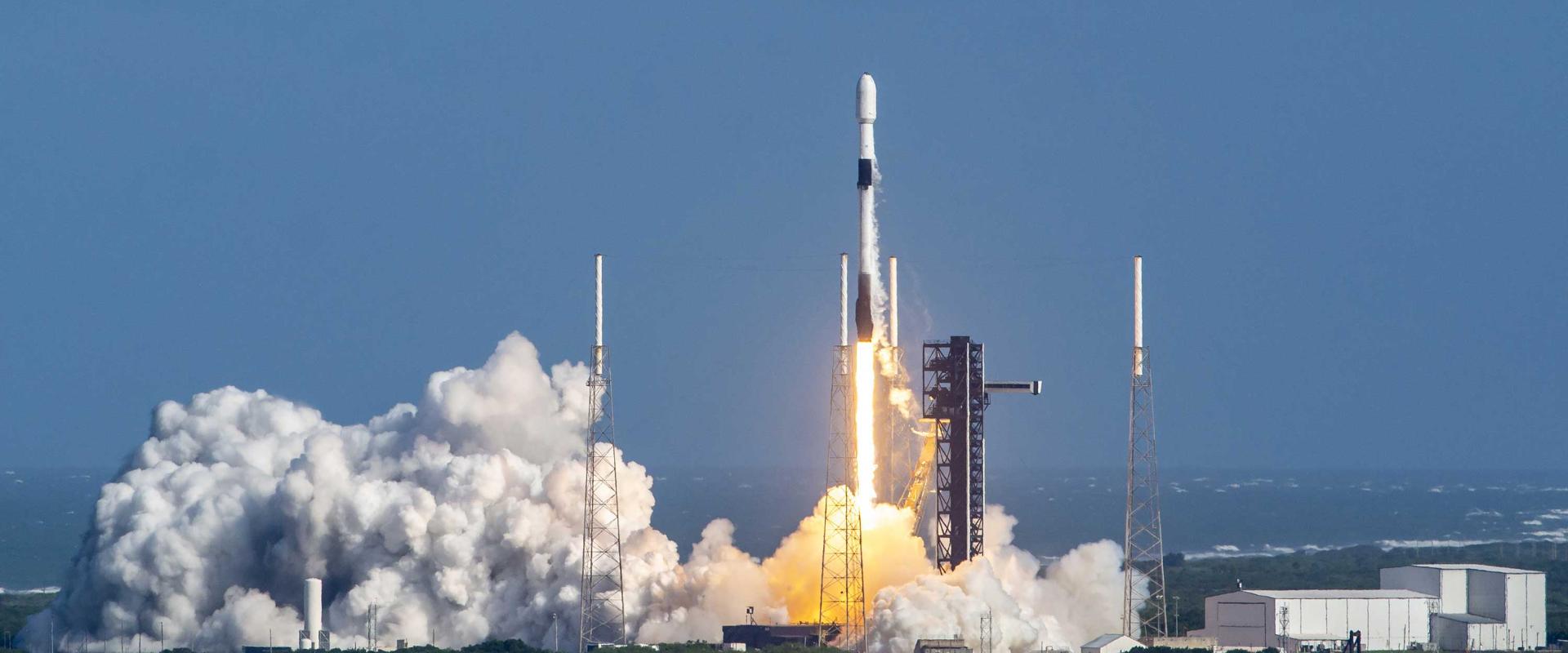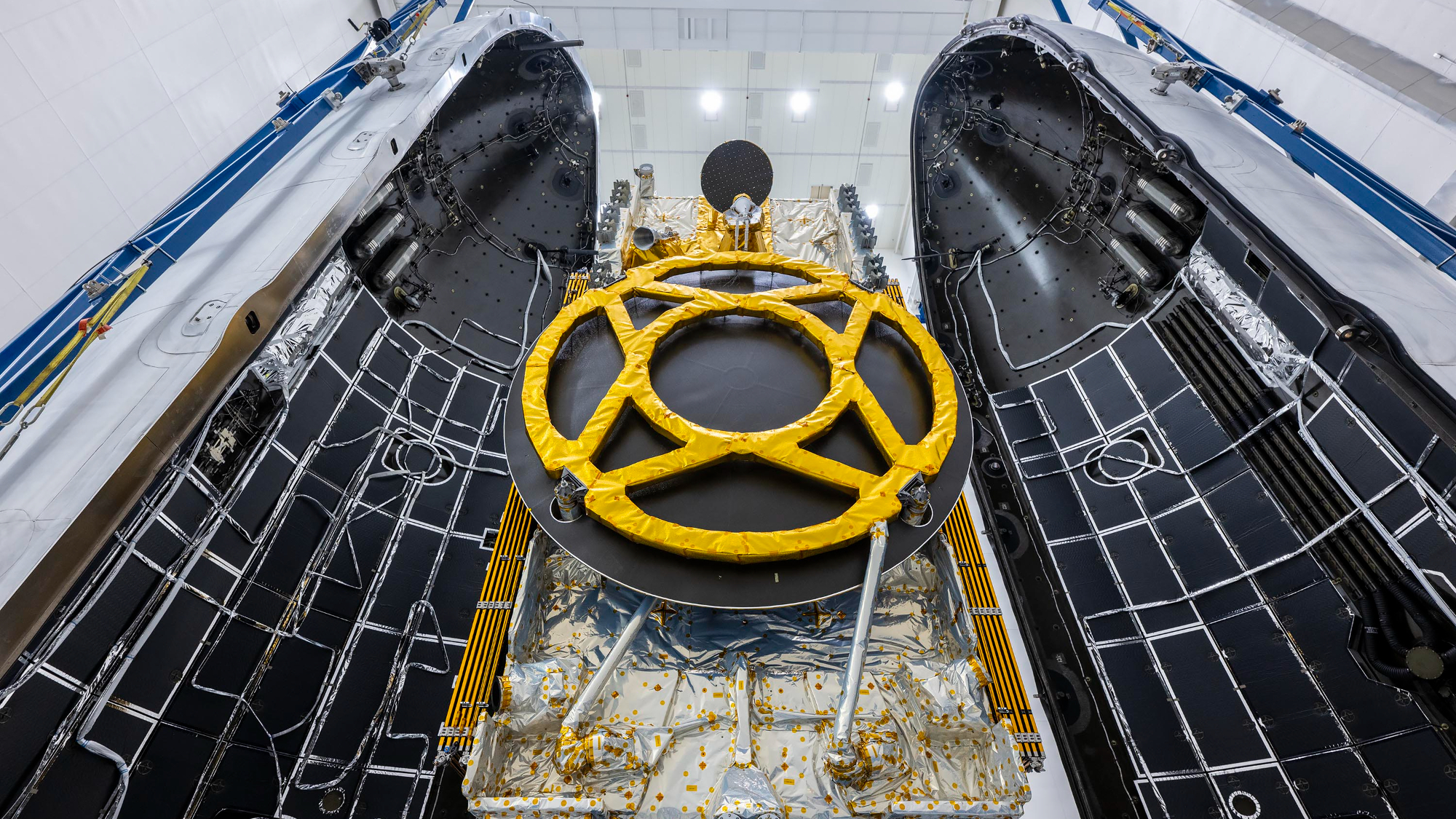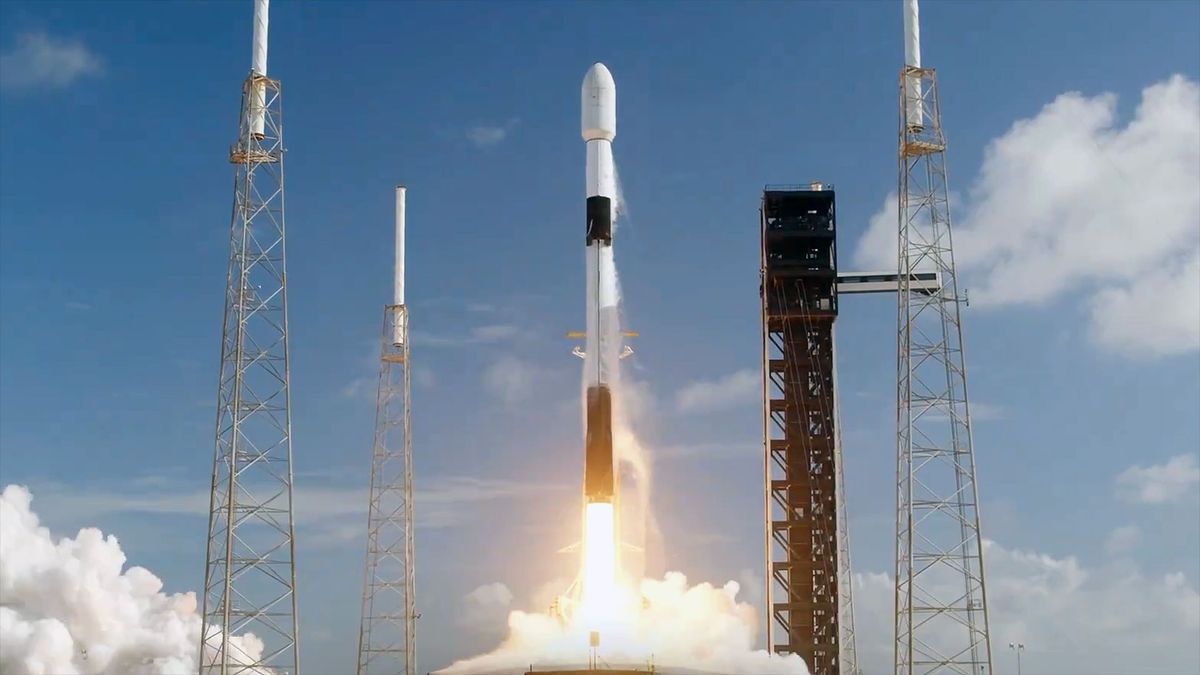
SpaceX successfully launched the latest broadcast satellite, Astra 1P, for Luxembourg fleet operator SES towards geostationary orbit on June 20, 2023. The Falcon 9 lifted off from Cape Canaveral Space Force Station in Florida after a two-day delay due to bad weather.
Astra 1P is set to replace four older broadcast satellites over Europe once it reaches its orbital slot at 19.2 degrees East. SES ordered Astra 1Q, another software-defined satellite for the same orbital position, at the same time as Astra 1P in 2021.
The Falcon 9's first stage booster had previously launched eight times, including four missions for SpaceX's Starlink broadband constellation. The booster that lofted Astra 1P was the company's most reused rocket to date.
Astra 1P is a classic wide-beam satellite, while Astra 1Q is software-defined and can be reprogrammed to provide connectivity missions if needed following a launch due in 2026. SES announced $3.1 billion plans in March to buy rival satellite operator Intelsat to bolster its connectivity services amid growing competition from Starlink.
The Luxembourg operator secured a three billion euro ($3.2 billion) debt package to support the deal.
SpaceX's Falcon 9 rocket has become a routine sight at Cape Canaveral Space Force Station, with the company having landed an orbital-class rocket 320 times since its first launch in 2013. The oldest satellite SES operates at 19.2 degrees East, Astra 1KR, was launched in April 2006.
SES currently provides TV services to around 119 million households from four satellites at this orbital slot, mostly in Germany, Spain and France. Astra 1P's Ku-band capacity would be enough to replace all four of these spacecraft once they retire.






